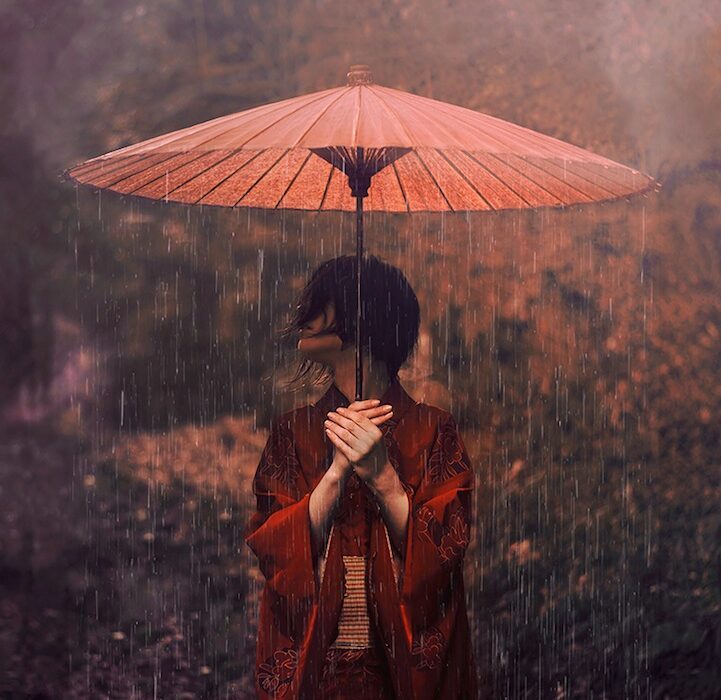Photography and Cultural Identity: How photographers use their art to explore and express cultural heritage and identity.
In a world that’s increasingly interconnected, photography serves as a unique lens through which cultural identities are explored, celebrated, and cherished. It’s a canvas where heritage and creativity converge, and no one understands this delicate dance better than Craige Barker. With every click of his camera, he paints a vivid portrait of the rich tapestry of cultural identity, inviting us to delve into the realm where images become storytellers of tradition and belonging.
Craige Barker, the luminary behind the lens, doesn’t just capture photographs; he captures narratives. His journey into the world of cultural identity photography is not about frozen moments; it’s about living stories, traditions, and the enduring essence of heritage.
Photography: The Universal Language of Identity
At the heart of cultural identity photography is the belief that images transcend words. Barker’s lens invites us into a world where language barriers dissolve, replaced by the universal dialect of visuals. Through the canvas of photography, he showcases how individuals and communities use images to articulate and preserve their cultural heritage.
1. Beyond Words: In a world where languages may differ, images speak a common tongue. Barker’s portfolio resonates with the vibrant expressions of various cultures, inviting viewers to engage in a dialogue without uttering a single word.
2. The Storyteller’s Lens: Cultural identity photography is more than just aesthetics; it’s the art of storytelling. Barker’s lens is a quill, and each photograph a chapter. His “Narrative Threads” technique captures not just faces but the stories etched in their expressions.
3. The Poetry of Tradition: Tradition isn’t static; it’s a living poem that’s written anew with each generation. Barker’s lens immortalizes rituals, ceremonies, and practices, celebrating their continuation and evolution.
4. The Power of Connection: Cultural identity photography bridges gaps and fosters connection. Barker’s lens doesn’t just capture moments; it captures the connections between generations, between individuals, and between past and present.
5. The Beauty of Diversity: In a world marked by diversity, Barker’s “Faces of Unity” technique demonstrates that every culture is a thread in the grand tapestry of humanity. His photographs celebrate both the uniqueness and universality of cultural identities.
6. The Mirror of Reflection: Cultural identity photography prompts introspection, both for the photographer and the viewer. Barker’s work encourages us to contemplate our own heritage, identity, and the stories that shape us.
7. The Catalyst of Change: Cultural identity photography is not just a reflection of the past; it’s a catalyst for change. Barker’s “Timeless Evolution” technique captures the enduring spirit of cultural identities, even as they adapt to modern times.
In the world of cultural identity photography, Craige Barker’s portfolio isn’t just a collection of images; it’s a narrative of human diversity and interconnectedness. Through his lens, he showcases how individuals and communities use photography as a means to explore, express, and celebrate their cultural heritage. It’s an invitation to journey beyond the visual, to immerse ourselves in the stories that images whisper and to recognize that, at the core, we’re all part of the grand narrative of humanity.
So, fellow voyagers through this visual odyssey, let Barker’s work be your guide as you explore the fascinating realm where photography becomes a powerful storyteller of cultural identity. In the world of images, we find the echoes of our ancestors, the echoes of our own stories, and the echoes of shared humanity.


